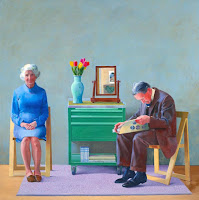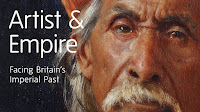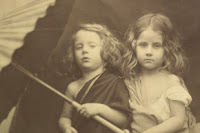Beyond Beauty: Transforming the Body in Ancient Egypt

Interesting exhibition at Two Temple Place looking at the body in Ancient Egypt using a wealth of objects from regional collections. In doing so it also told the story of how regional collections of Egyptian objects developed. The downstairs section looked at the body in life and included delightful display cabinets of specific items such as a case of mirrors and another of makeup tools. These items seemed very touching and personal. There were also displays on how people were represented in art with men shown with red skin and women with yellow and grids used to get the proportions of the figures correct. Around the top of the staircase were boards on each of the reginal collections which told the stories of some fascinating Victorian Egyptology. I loved the idea that Bolton, being a weaving town, concentrated on collection Egyptian linens. However the boards can be summed up by the idea than Flinders Petrie seems to have had a lot of friends! The main room upstairs














